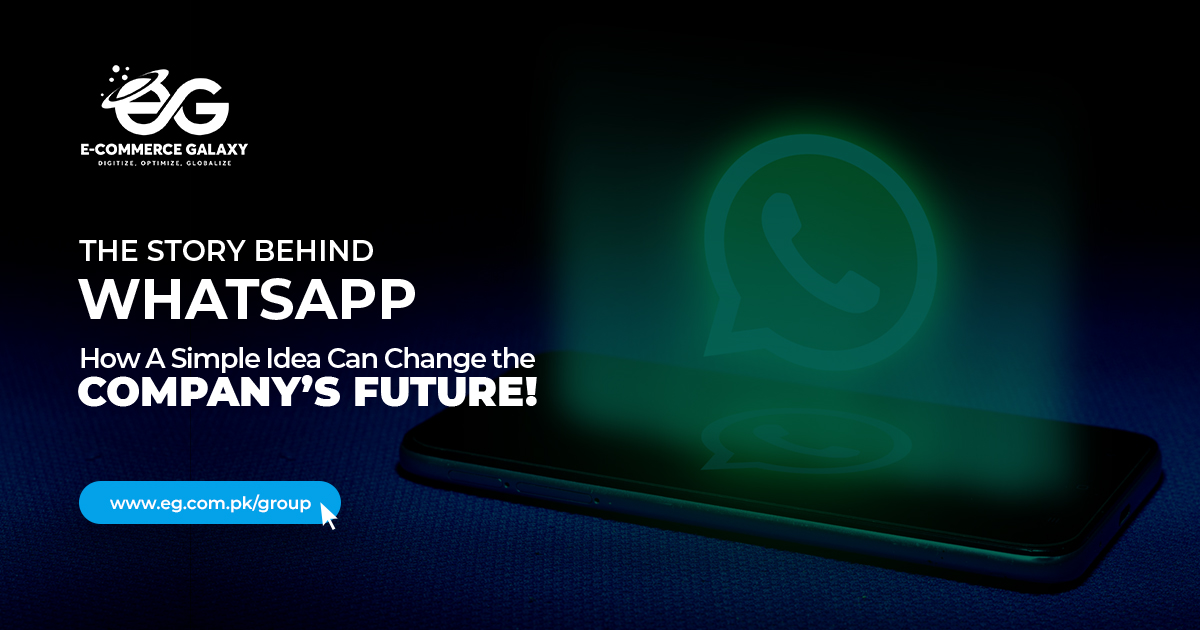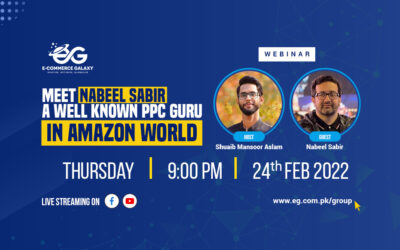The ascend of WhatsApp from a struggling App to the best mobile messenger ever
One common feature that measures the success of any product is how it solves any significant problem and makes the lives of human beings better. But the path to any successful innovation is not very comforting and straightforward. It requires dedication, self-belief, exceptional team, experience, focus, and the right circumstances that lead to the higher chances of great success.
Before WhatsApp, No one imagined sending messages, media, and files without spending hefty credits and bearing complications of the process. Indeed, WhatsApp opened up this possibility with great innovative technological triumph in building an exceptional mobile application that solves this problem. Moreover, it inspired others to follow the same path and develop instant messaging applications that make communication better.
The inception
The glory to success was not straightforward. It demands many sacrifices. From the first concept to WhatsApp 1.0 to WhatsApp 2.0, the path was neither fruitful nor comforting. Although, After the success of WhatsApp, Facebook made efforts to acquire the company. But, it had not been possible, if earlier, Facebook had not rejected the job applications of both co-owners Juan Koum and Brian Acton.
Juan Koum and Brian Acton, before becoming the co-founders of WhatsApp were worked in Yahoo! for 9 and 11 years respectively. Both met in 1998 in the company, worked tirelessly, and made significant contributions for almost a decade. They both gained experience and knowledge of how to scale backup servers and what makes a product great. In 2007, They both took a year off from the company with couples of months difference.
Rolling in the uncertain future
Even though they had been employed for a decade now, they had only the savings to sustain them for a year of traveling, food, and housing in unemployed life. There was not enough money for both of them to start something new. Both applied for the Facebook company in 2014 and fortunately got rejected. Then later, Juan Koum went outside the country to travel to different places after Brian Acton moved with his girlfriend to New York.
While traveling for several months in the countries such as Russia, Ukraine, Hungary, Israel, Argentina, Juan Koum was having a tough time keeping in touch with his friends. Back then, in 2008, all communication was possible through networks. And if you remember inconveniency and complicated dialing codes in different countries like Argentina and the complication in calling to different countries made him realize the need for better.
The Muse
On his birthday, in 2009, Juan Koum, after getting over the obsession with his Nokia mobile phone, bought himself a birthday present; an iPhone. It was the time of the initial IOS launch, and people were learning what applications could do for them. It blew his mind that iPhone was a mini-computer with full internet connectivity and the ability to do TCP/IP stack. So the free time, boredom, and need for productivity made him carry out many experiments with iPhone. Also, he had the idea of how huge success the App Store will turn out.
Juan and his friends such as Alex Fishman brainstormed many ideas for the application. They started with the concept of a status bar that shows the online status of every contact name in the address book of your phone. This concept was really working on computer internet messengers such as MSN, IRC, and Yahoo!. With this idea in mind, they created WhatsApp 1.0 that hooks to your contact list and tells if the other WhatsApp user is active or not before calling.
It’s worth mentioning that WhatsApp 1.0 failed horribly for two reasons. First, the concept behind the product was not great, and it did not solve any significant problem to make the user experience better. And secondly, it crashed very often. Although, there was not any market competition at that time. Still, they were getting only a few hundred downloads. The App turned out not influential and practical enough to replace conventional dialing.
The trial and error
The unsuccessful trials and experiments were discouraging to them, until in 2009, Apple released push notifications. And later thread messaging on iPhone. It was the breakthrough that distinguished iPhone entirely from the Symbian mobiles. And once again, It hooked Juan Koum to the new possibility of making something. Later, it acted as an inspiration for creating a Messaging Application. With this idea in mind, the company worked on the obsession to connect one phone to other at any place on the earth through messaging App. And allow users to call and message without any cost.
With tons of experience, finally, they had a product that could solve the communication problem for everyone. By carrying the same motive in mind, they made a breakthrough. In early October, WhatsApp 2.0 launched as a messaging application. It took off and became successful in a short period. It has visual indicators to tell whether or not the message was sent to the other side and if the receiver has seen your message. After these features, the downloads skyrocketed, and within a short time, it had 250,000 users.
Now there was no need to ask “Hey there” before any conversation and spend credits while messaging with anyone. They made a product that was needed by the users at that time and resolved the issues of inconvenient procedure, limiting messaging experience, and Cost. All these issues were solved by WhatsApp and gave users a futuristic communication experience. And with great innovations, there comes a greater responsibility to carry it along with great people working on it to make it the best.
What goes around comes around
Acton Came back in November 2009 after realizing the potential of this company. He raised funds and secured 20% of the business. And for the next 2 years, everyone worked tirelessly in cafes and underdeveloped offices. Juan Koum’s obsessive focus “No distractions. No bullish*t”, the team attracted and inspired investors in Silicon Valley. Now both are applying their experience from Yahoo! of Back-end scaling, networking stack, ethernet drivers, and making a great product.
Now the company needed expansion. Juan Koum hired his ex-colleagues working in Yahoo! and other companies. The motive was to make it a full fledge messaging application with rich features for all the different platforms. At the start, the company heavily relied on a customer feedback loop. For example, group conversation was one of the obvious demands by the users. Also, one can send multimedia on WhatsApp, which made their product groundbreaking and unique.
At that time, It was a killer App that backed the concept of “Smart Phones.” In 2011, WhatsApp became the top 20 application on the App store. A tech giant, Sequoia helped the company financially to bridge the capital shortages. And everyone in the company was working with their heads down to meet the expectation of the users. The company reached the billion-dollar status in no time.
As WhatsApp predominantly appeared on the surface as the authority in its niche by introducing all these innovative features for the mobile world, it became evident that other tech giants would be getting interested in acquiring it. Growing faster in the first 3 years after its inception, compared to Facebook, and making countless new users every day, WhatsApp became the center of attention for all the most successful entrepreneurs in Silicon Valley.
Amid success, for the next 2 years, Juan Koum was frequently dining with Mark Zuckerberg. The founder of Facebook was impressed with the progress of the company and wanted to acquire it as quickly as possible. With 450 million users and only 56 employees handling the entire business, no doubt, it was a great deal for him for Facebook.
Setting the bar high for other competitors
In February 2014, Facebook publicly bought WhatsApp for a whopping $19.3 billion. The only benefit of the purchase is not that it will significantly lower the competition in the market as Facebook had its messenger. But Facebook capitalized on the opportunity. WhatsApp has a place in the heart of every loyal user by making their lives better. Today, WhatsApp has 2 billion users worldwide and an estimated 100 billion dollar standalone company.
The moment of reflection for all young entrepreneurs and individuals that nobody knows what tomorrow holds for you. If someone is working hard, doing things intelligently at the right time, and making something that solves the problem for the users, it’s worth going through the struggle. Juan Koum and Brian Acton are the most practical examples of how an uncertain future of unemployment can be changed into a universally acclaimed success.
The same company that wasn’t interested in hiring them became obsessed with acquiring it for billions of dollars. It’s not about what success means to you or what measures your capabilities in society, but it’s about the principles, dedication, right plan, and the right time that makes the outcome lucrative.




